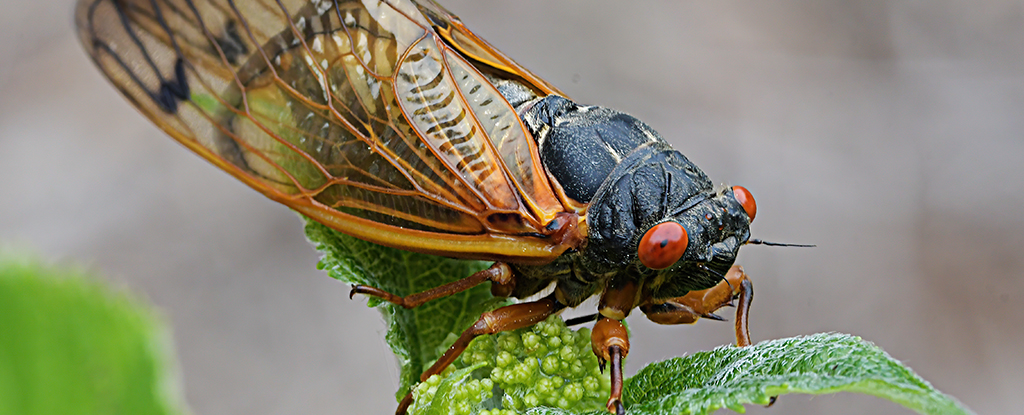Agriculture, Vol. 13, Pages 725: Weed Competition on Soybean Varieties from Different Relative Maturity Groups
Agriculture doi: 10.3390/agriculture13030725
Authors: João Victor dos Santos Caldas Alessandro Guerra da Silva Guilherme Braga Pereira Braz Sergio de Oliveira Procópio Itamar Rosa Teixeira Matheus de Freitas Souza Laís Tereza Rêgo Torquato Reginaldo
One factor limiting the achievement of high yields in the soybean crop is weed interference. The level of weed interference can vary according to the specificities of the weed community but also due to the agronomic characteristics of the soybean varieties. The objective of this work was to evaluate the effects of weed interference on soybean varieties of different relative maturity groups (RMG). A field experiment was implemented in a randomized complete block design, in a 3 × 4 factorial scheme, with five replications. The treatments were composed of the varieties BMX Flecha® (RMG 6.6), BMX Power® (RMG 7.3), and BMX Bônus® (RMG 7.9), associated with the following four weed managements: weeding throughout the cycle; weeded up to 20 days after emergence (DAE); weeded after 20 DAE until the end of soybean cycle; not weeded throughout the entire cycle. There was no interaction between the effects of the varieties and the weed management for emergence speed index, plant height, chlorophyll, first pod height insertion, plant population, thousand-grain weight and yield. The initial weed management caused changes in the composition of the weed community. The managements weeded throughout the cycle and weeded up until 20 DAE provided higher levels of chlorophyll and grain yield. The management without weeding during the entire cycle negatively influenced yield components. Late interventions in weed control, regardless of the soybean variety, result in yield losses.

 1 year ago
38
1 year ago
38


